Don’t Get Caught in the Wild Web
Wednesday, January 2nd, 2019This is Passport to Texas
Operation Wild Web involves Texas Game Wardens patrolling the internet to uncover the illegal sale and exploitation of wildlife resources.
Wild Web is an operation that we run periodically in different parts of the state. And we try to saturate a certain area and try to do as many investigations or cases as we can of things being sold illegally online.
Captain Josh Koenig oversees the Game Warden’s Special Ops Criminal Investigations Division. Wardens discover a wide array of illegal wildlife resources online.
That might be anywhere from fish to live white-tailed deer, to stuff that’s been imported illegally, or something that might be threatened or endangered…Anything sold illegally online, we try to focus on.
This illegal activity is global and lucrative.
In the United States, and even in the world, wildlife trafficking is second only to drugs. So, wildlife trafficking, whether it be live animals or even dead animals and animal parts, is a very big problem. [Cecilia] I am shocked that wildlife trafficking—alive or dead—is only second after drugs. How can that be? [Captain] When here’s money behind it, people will go after it. There’s a lot of money, it’s a lucrative business, to get into the wildlife trade.
I meant to ask him about my lucky rabbit’s foot. Oh well.
That’s our show, brought to you in part by Ram Trucks… built to serve.
For Texas Parks and Wildlife…I’m Cecilia Nasti.
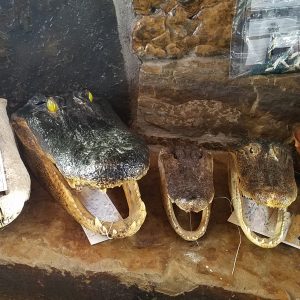

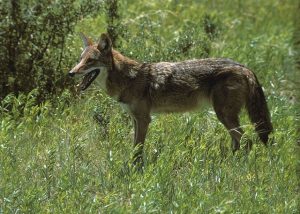
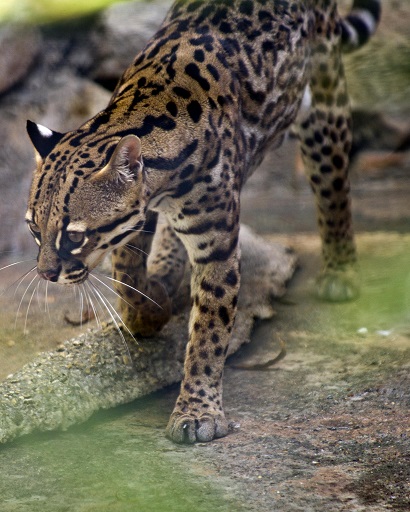
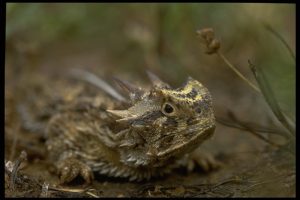
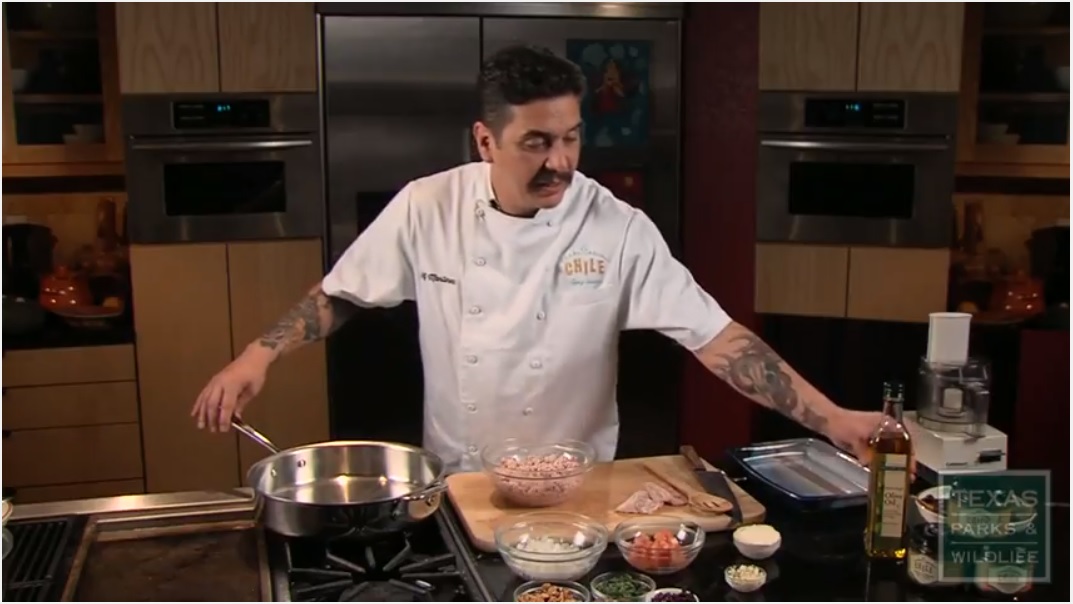

 Passport to Texas is a
Passport to Texas is a  Passport to Texas is made available by:
Passport to Texas is made available by: